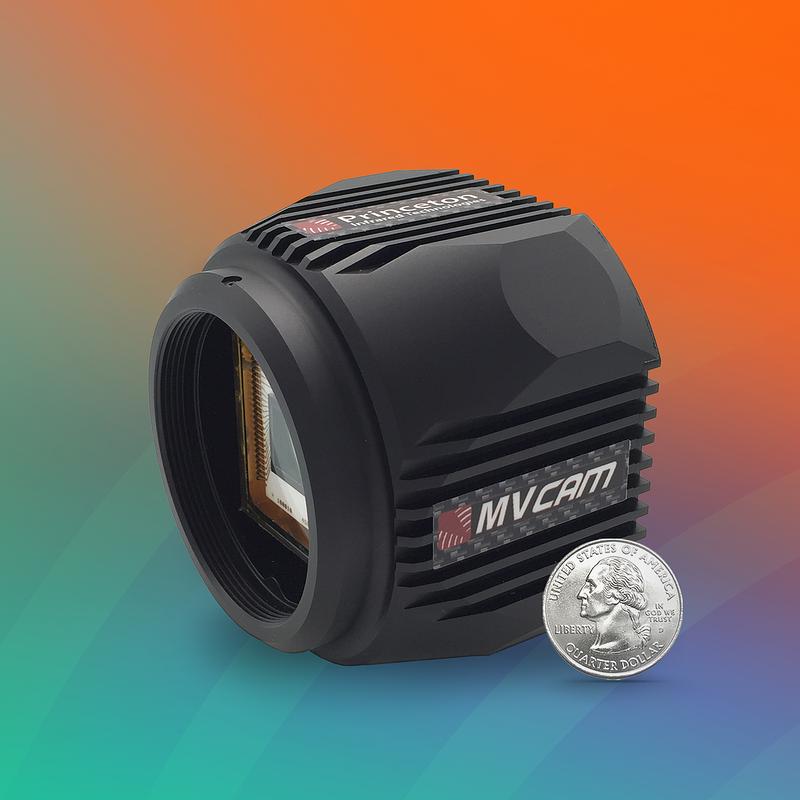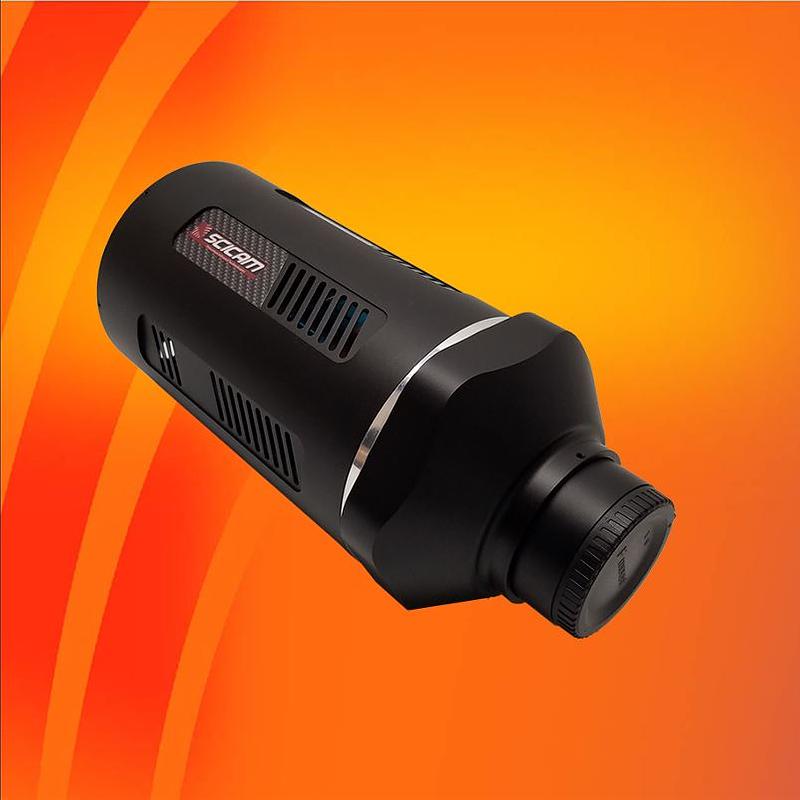Agricultural Inspection Using SWIR Camera Technology
NIR-SWIR wavelengths have become important for modern agriculture as they capture essential characteristics of crops, soils, and the environment. These wavelengths are rich in information about chlorophyll levels, moisture, soil minerals, and proteins. For instance, water absorbs strongly in the 1390-1450 nm wavelength band causing moist portions of agricultural products to appear darker than surrounding areas, as illustrated by the visible and SWIR images of the apple. Precision agriculture includes using diode array spectrometers on tractors, multi and hyperspectral cameras on drones and aerial overflights, and band-filtered image sensors on satellites. These are examples of using remote sensing and ground truthing to track plant health and yield. As discussed on the PIRT application page for Sorting/Contaminant Detection in SWIR, NIR-SWIR inspection is also used to groom rocks and packaging contaminates away from harvested agricultural products, for robotic trimming of fodder, and for assessing quality of inputs to the food processing plant.
To get started for agricultural applications, try the Princeton Infrared Technologies (PIRT) MVCam SWIR camera. The MVCam is a compact SWIR camera with flexible imaging frame rates and windowing capability. Use it to survey agricultural materials by first choosing a lens system for the imaging geometry dictated by the application. Then purchase a set of bandpass filters compatible with the lens and selective for the key characteristics of interest, such as a 1440 nm bandpass of up to 100 nm (+/-50 nm) which matches the strong absorption of water molecules. Compare images taken with and without the filter to determine the effects of water content in the material.
Alternatively, chat with our applications engineers and send samples of materials to be inspected to the PIRT SWIR Testing Lab. Explore with the lab pathways to integrate a patterned filter on the array for hyperspectral imaging. Then consider designing your field system camera with the company’s 2-D array, the PIRT1280A1-12.

 MVCam
MVCam 1280SciCam
1280SciCam